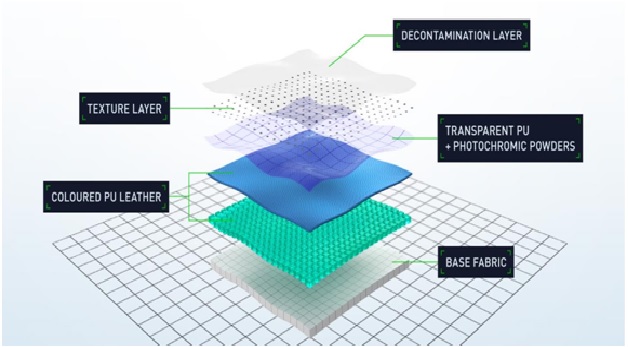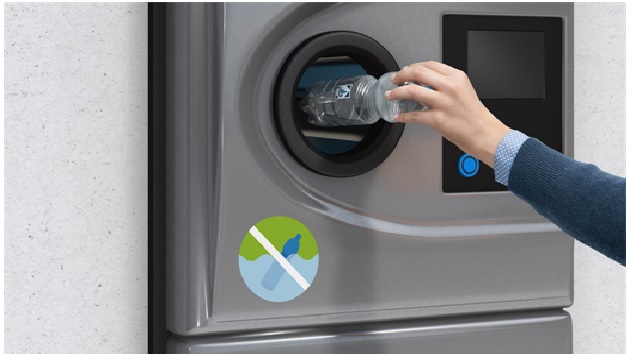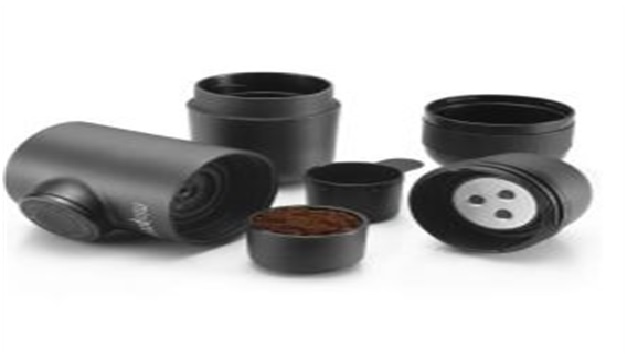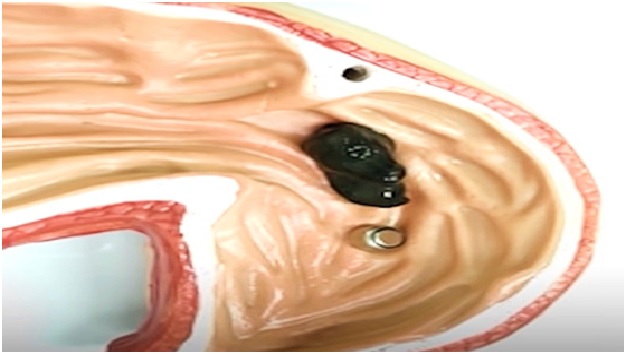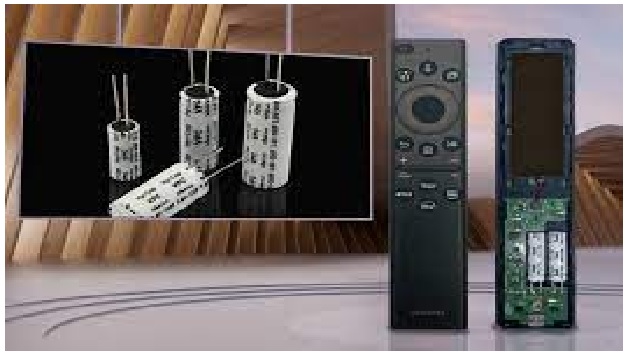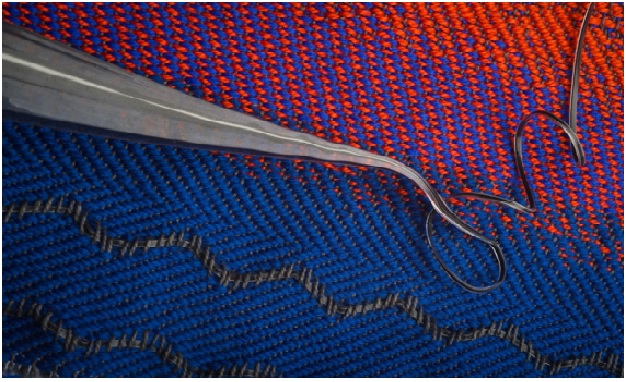Machine Learning Technology in Identifying Toxic in Water
A research team from the University of British Columbia, Okanagan Campus (UBCO), has employed machine learning technology in order to identify toxic materials in water.

Figure 1: Toxic materials in water
Figure 1 shows thatthe toxic materials in water, produced from oil sands extraction, that are stored in tailings ponds can pose a risk to the natural habitat and neighbouring communities when they leach into groundwater and surface ecosystems. [1]
His team of researchers at UBCO’s School of Engineering has uncovered a new, faster and more reliable, method of analysing these samples (Journal of Hazardous Materials, "Application of machine learning methods for rapid fluorescence-based detection of naphthenic acids and phenol in natural surface waters").
It’s the first step, says Dr. Peleato, but the results look promising. “Current methods require the use of expensive equipment and it can take days or weeks to get results,” he adds.
“There is a need for a low-cost method to monitor these waters more frequently as a way to protect public and aquatic ecosystems.”
The researchers used fluorescence spectroscopy to quickly detect key toxins in the water. They also ran the results through a modelling program that accurately predicts the composition of the water. [2]
The composition can be used as a benchmark for further testing of other samples.The researchers are using a convolutional neural network that processes data in a grid-like topology, such as an image.
The research looked at a mixture of organic compounds that are toxic, including naphthenic acids -- which can be found in many petroleum sources. By using high-dimensional fluorescence, the researchers can identify most types of organic matter.
The results of the initial sample analysis are then processed through powerful image processing models to accurately determine comprehensive results.
Peleato explains this potential screening tool is the first step, but it does have some limitations since not all toxins or naphthenic acids can be detected -- only those that are fluorescent. And the technology will have to be scaled up for future, more in-depth testing.[3]
References:
- https://www.innovationnewsnetwork.com/novel-technology-identify-toxic-materials-in-water/19583/
- https://www.nanowerk.com/news2/robotics/newsid=60114.php
- https://www.sciencedaily.com/releases/2022/03/220321091929.htm
Cite this article:
Sri Vasagi K (2022), Machine Learning Technology in Identifying Toxic in Water, AnaTechMaz, pp. 131






